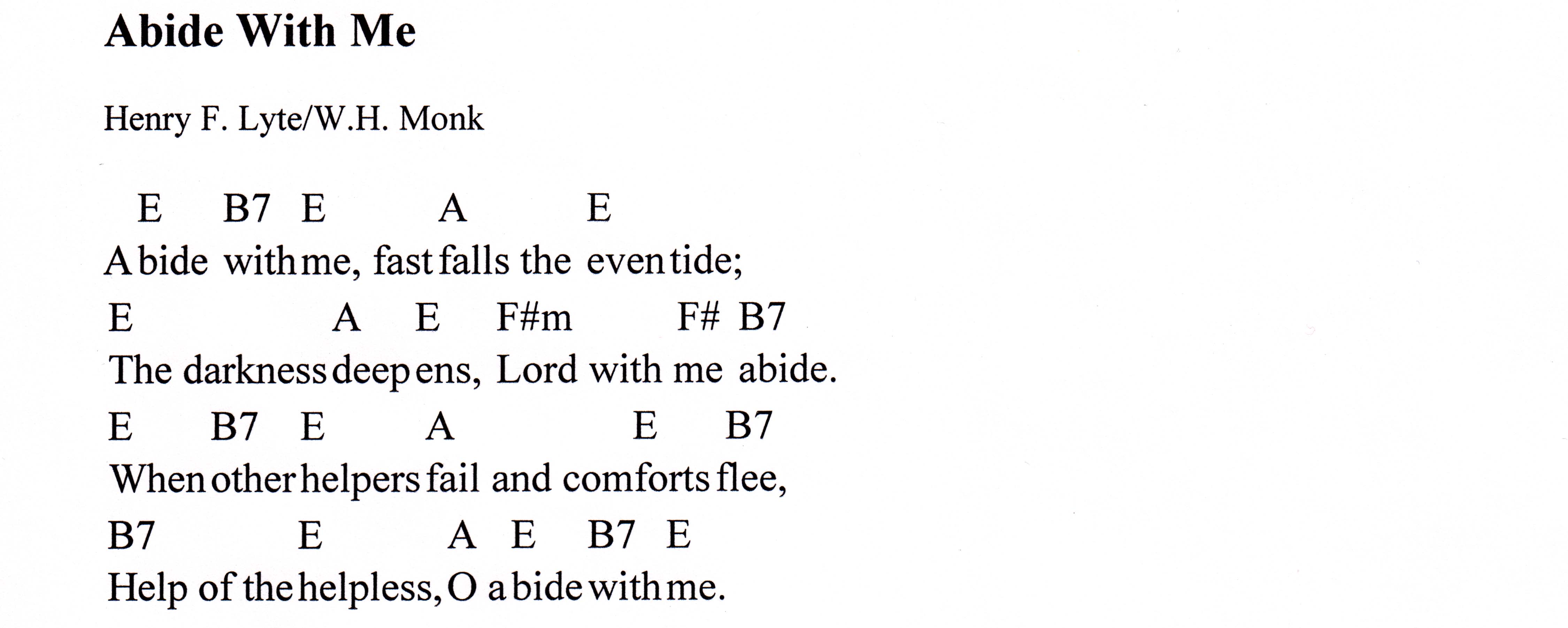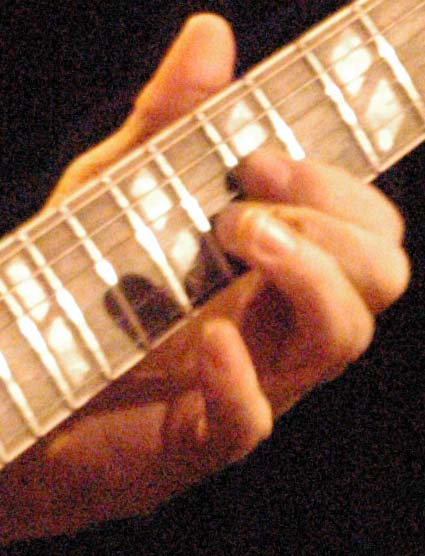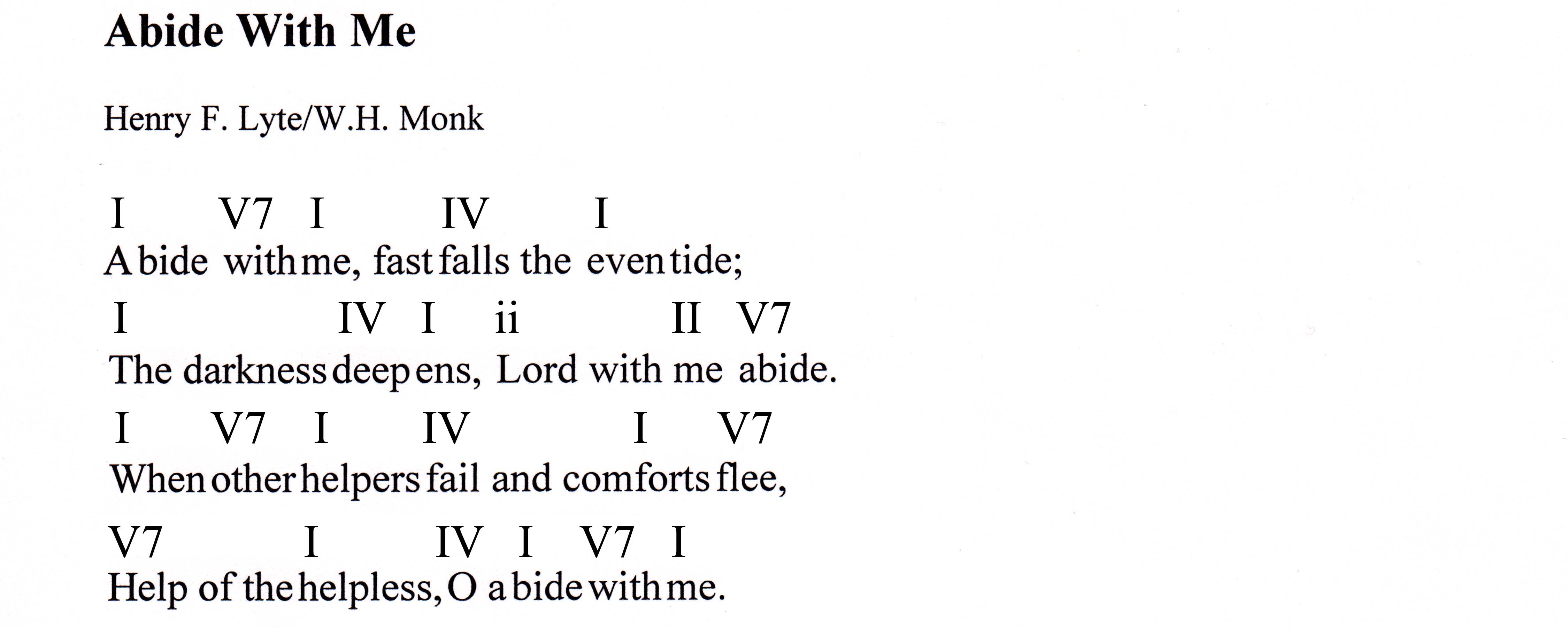

Howdy folks!
Welcome to this month’s column. This is the third installment in the series on arranging. If you missed the first installment, go
here to catch up.
As promised, we're going to dive into the subject of transposing songs to a different key from the one in which they may have been written. This is not a separate
topic from arranging; it is a part of the process involved in arranging music. But, and this is important, we're going to teach you how to do a "proper" transposition,
which will take some time - and involve some theory.
Why is this important to know how to do? Simple: singers cannot and should not be expected to sing songs in the same key in which they were written. You always - and
I mean always - play to the singer's strengths. You do not force them to sing in a key that makes them sound terrible, or which is out of their range...
ever! And that means you have to be not just willing, but able to change the key of any given song to fit in their "sweet spot". They'll have more enjoyment in
singing the song, and that means you'll have more fun playing the song, too. And the congregation won't be forced to endure a poorly presented song of worship, which
will ultimately ruin any worshipful atmosphere you are trying to create.
We're goin to use the songs from last lesson to demonstrate the technique. So let's get started.
In the first song, we already did a small transposition, moving the key from E♭ to E major. But that's a really easy change. What if the song needs to be in
another key quite apart from just a half step up or down?
So let's look at the arrangement from last time:

We know the key: E Major. That's the "root" or "key tone" chord. So it becomes the "I" chord (we use Roman numerals for interval relationships). But, to understand
how we proceed, a few things will have to be covered first.
You need to know the Major Scale. It is the foundation of all Western music, and so all melodies, chords and pretty much everything is based on its relationship
to the Major scale, and the intervals of the Major scale. What do I mean by "intervals"?
An interval is the distance between two notes. For example, C to D is a whole step. C to C♯ is a half step interval. Therefore, we measure an interval by the
distance it sits from the Root, or key, tone: the first note of the Major scale, played in the key we require.
So let's start with the Major scale in the key of C (any key will do, though, it doesn't matter: scales are not key dependent).

Study the diagram and learn the interval spacing between the notes of the Major scale. Let's reduce this to just the note names, and show the interval spacing as well,
in the diagram below:

Now we are going to convert those intervals to numbers, based on their position in relation to the Root tone:

The notes still apply, but to make transposing to another key easier, we are using a method that doesn't exactly require you to know how to read music.
Still with me? Don't worry if you're not quite getting this. It isn't difficult to understand, but sometimes we just don't "get it" right away. Study this lesson
over again and walk through the idea on your instrument. It will begin to make sense, I promise you.
Now, let's return to the key of the song, E, and apply this idea to the Major scale in E.

And now the numbers...

Let's now look at the chords used in the song...
E, F♯, F♯m, A, B7
Now, let's look at their relationship as intervals to the Root tone, which is E.
As E is the I chord, so F♯ is the II chord, F♯m is the ii chord, A is the IV chord, and B7 is the V chord - because each
chord occupies that interval relationship to the I chord.
Now, let's convert the chords to numbers, like this:

So, if you know the first chord, in this case E, and you understand the interval relationship of each note in the Major scale, and you understand how each
interval is also a chord position, relative to the root, you can literally now play this in any key. You see, it is all about patterns. Music is
mathematical at its core, so a progression is a pattern, which can be moved around. Just as scales and chords are not key dependent, and can be moved around,
so patterns are not dependent upon a given key either and can be moved around in the same way.
So let's take this progression, now reduced to intervals, and move it into the key of G. To determine where all the chords you'll play are going to be positioned,
simply play through the Major scale in G. You know each interval number, and once you play through the scale, you'll know where all the chords will be played as well.
It is just that simple.
Now move to the key of A, play the Major scale and locate where each chord should be played. Once you move away from basic first position chords and play all
fretted chords, you will literally play the same pattern no matter what key you choose.
One of the things I like to do is create charts and use the number instead of chord note names. This way, I can introduce any song to a worship band - particularly
when I'm a "visiting worship leader", and if they understand this system - which can be quickly explained - they will be able to play the song within a few minutes,
even if they haven't heard it before. I need only give them the rhythmic cadence and, once they've reviewed the changes, we'll be off and running.
True story: I taught this system to a bass player I know and played with for a time. He joined a worship band a while later and encountered an episode where
the worship leader introduced a song chart and then told everyone that it would be played in a different key than was listed on the music. The bass player took the
chart and began applying this method you're learning, and in two minutes was ready to play. Everyone looked at him and asked how he did that so quickly. He then gave
everyone a quick run-through of the process. Within twenty minutes they were playing the song in the new key, and making very few mistakes - all because this
technique is relatively easy to learn and applies to any song you care to mention.
Now go back to the previous lesson and grab the simplified chart of "It Is Well" and convert it and transpose it. Don't worry if it doesn't turn out quite right.
This stuff takes a little time to learn to do right when you're creating or transposing on the fly. You have the example now, and can play through it. Just find the
"distance" between the various chords using the Major scale in the original key. You'll get it. And once you do...
...your singers will love you for getting a song into a key that makes them sound awesome - and so creates a better worship experience for everyone!
Until next time, keep making a joyous noise for the Lord.